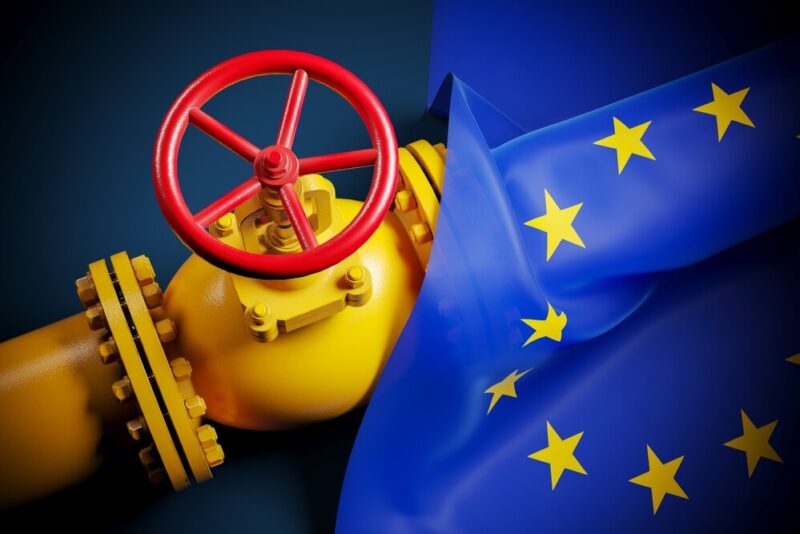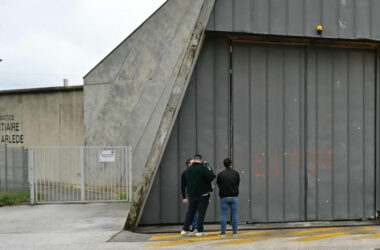A cold winter has left gas storage levels low, reshaping market dynamics and pushing the cost of summer gas contracts higher than winter contracts—a rare anomaly, experts warn. The European Commission is now considering relaxing storage requirements to adapt to these shifting conditions.
Traditionally, traders would buy gas in the summer, store it, and then sell it at a higher price in the winter. However, this strategy no longer works as expected. Gas for summer delivery is currently more expensive than gas for winter delivery. The summer contract is priced at €46.90 per megawatt-hour, while the winter delivery price is €44.70. The price difference has even reached six euros in recent weeks.
“In previous years, such a situation was rare,” says Jiří Gavora, director of the Association of Independent Energy Suppliers and managing director of consulting firm ENA. “This is an anomaly. It was the opposite before,” confirms a financier working in the energy market, who requested anonymity.
The gas market shifts are due to several factors. “The situation is worsened by the fact that last year we ended the heating season with gas reserves at 50%, and today the reserve stands at 32.7%,” explains Gavora.
Ondřej Grohar, managing director of consulting company Ensytra, shares a similar perspective, noting that the supply of cheap gas from Ukraine to the Czech Republic has already been depleted.
According to Gas Infrastructure Europe, Europe’s gas storage is only 40.6% full, a drop attributed to the cold winter, which depleted reserves faster than expected.
After Russia’s invasion of Ukraine, the European Commission had set a goal to fill gas storage to 90% by November 2022, with interim targets throughout the year. This caused market expectations of higher gas demand, driving up prices for summer contracts.
This development disrupted the usual trading strategy. “At the moment, hedging is impossible,” says the financier. “That’s why no one wants to fill storage at current gas prices.”
Experts agree with this view. “Traders didn’t fill storage because they considered gas expensive at prices around €41 or €42 per megawatt-hour. It was similar to the summer of 2021, when no one wanted to fill storage, waiting for the ‘Nord Stream 2’ pipeline to begin operations,” adds Gavora.
Given the situation, the European Commission is considering relaxing the storage filling rules. Countries like Germany and the Netherlands have warned that rigid storage targets could push traders to buy gas at high prices, further driving up costs. Just two weeks ago, the price for next year’s gas delivery was nearly €45 per megawatt-hour, making it the highest gas price in two years.
However, the price of gas has since dropped sharply, and on Tuesday, it was trading around €37 per megawatt-hour—a nearly 20% decline in just two weeks. This drop is largely attributed to expected changes in regulation. Once these changes are confirmed, gas prices could fall even further.
“The main factor is geopolitics. Gas traders feel that the war is nearing its end, which may lead to the easing of sanctions and a revival of business,” notes Gavora. He also points out that gas prices began to decrease sharply following the Munich Security Conference, where U.S. and Russian officials discussed peace in Ukraine.




